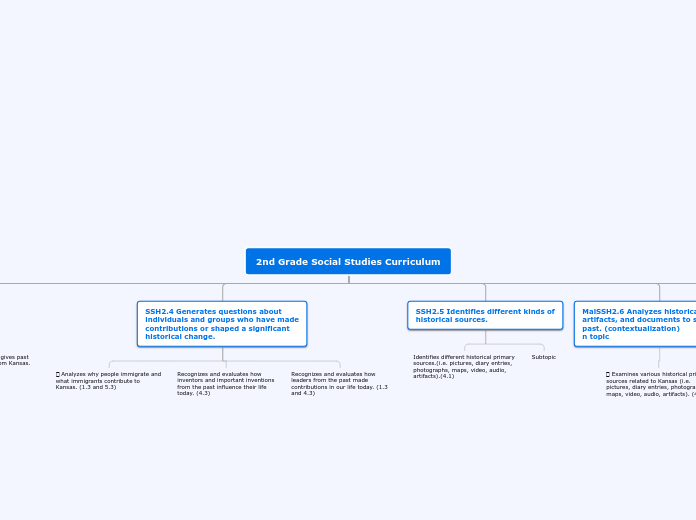by Hector Trejo 6 years ago
190
htrejoma@g.emporia.edu
The 2nd-grade social studies curriculum aims to introduce young students to the fundamental concepts of history. It begins by defining history and distinguishing between the past and present.

by Hector Trejo 6 years ago
190

More like this